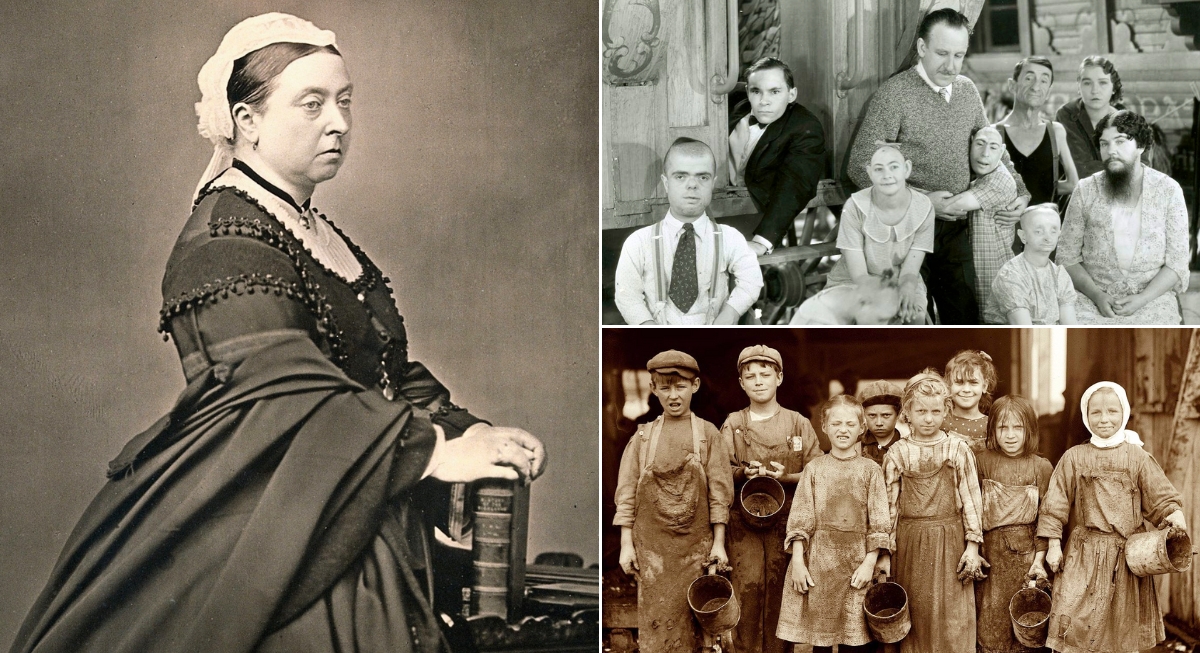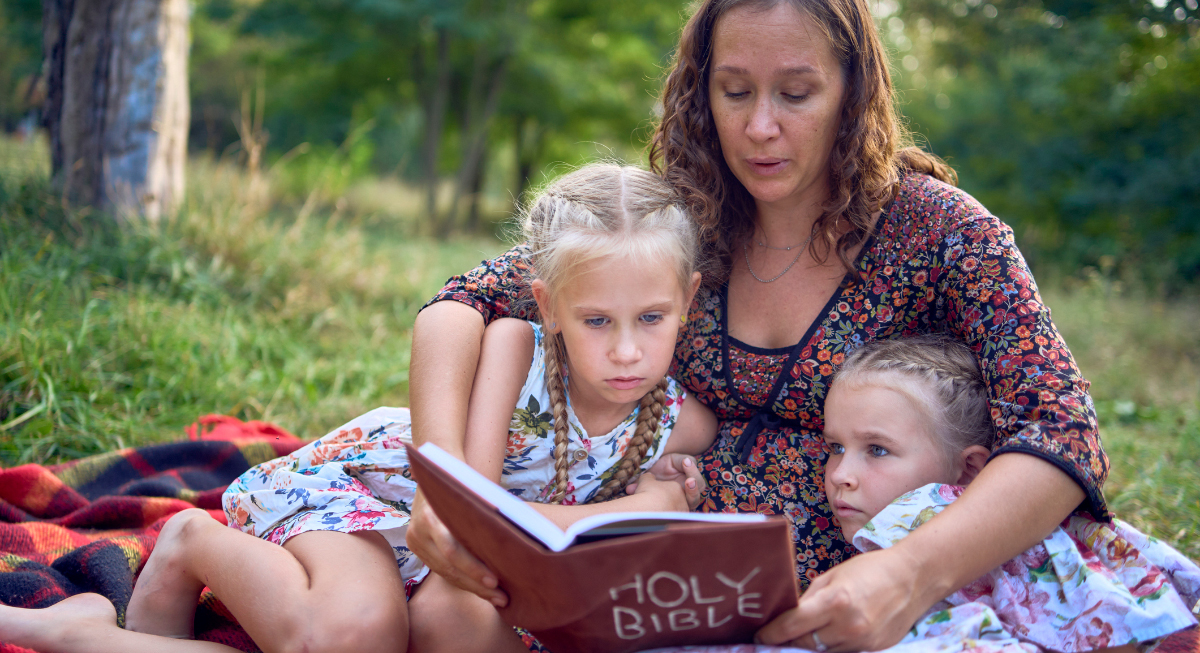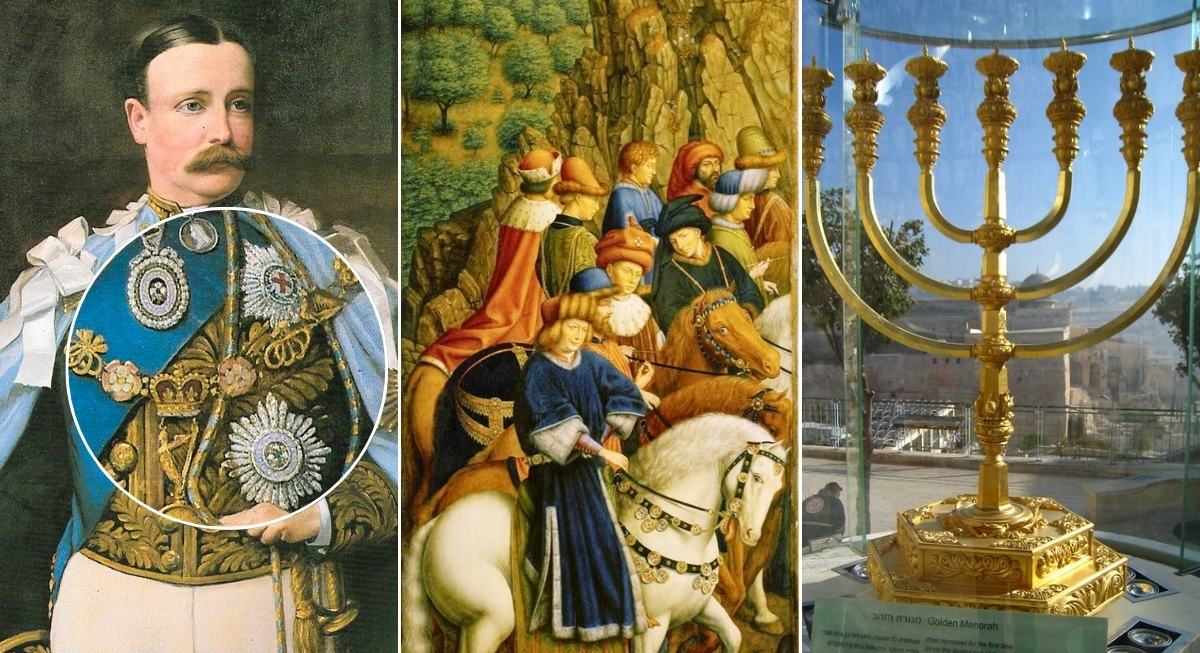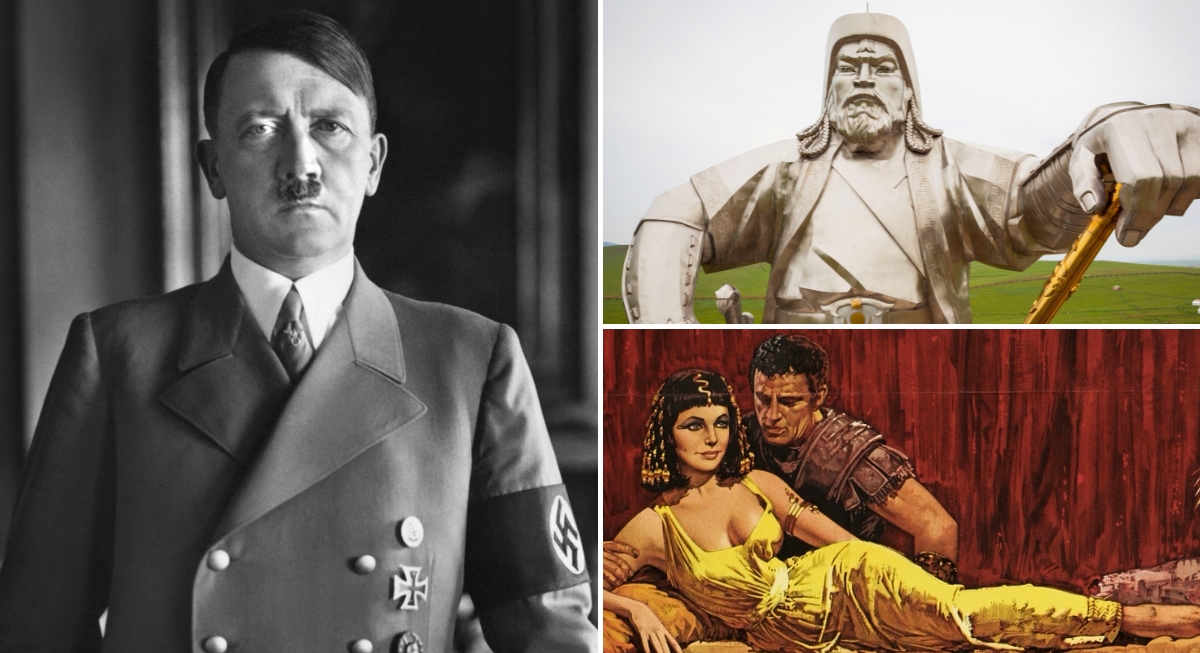Learning about how people used to live, especially during the Victorian era, is oddly fascinating. Beneath the polished manners and buttoned-up fashion, daily life was packed with eerie habits and downright bizarre beliefs that feel more like a horror story than history. Let’s explore some of these below.
Living Portraits as Entertainment
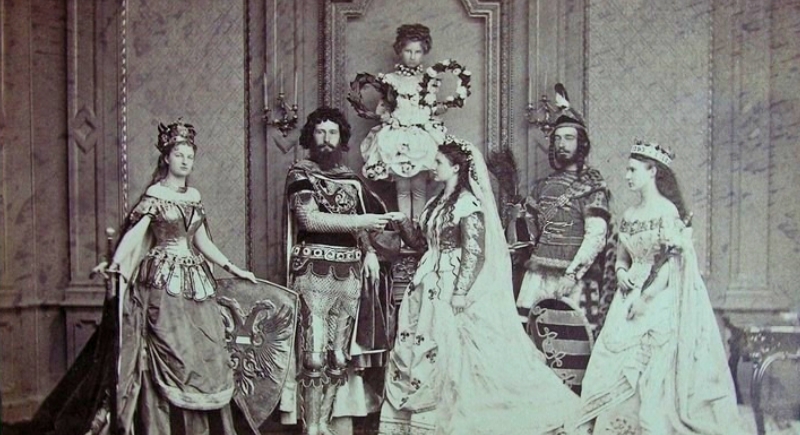
Credit: Wikimedia Commons
Before modern media, some Victorian families passed the time by dressing up and posing as scenes from mythology or literature. These frozen reenactments, called tableaux vivants, were performed in drawing rooms for guests. It often looked unnerving, especially when themes involved death, angels, or mourning.
The Grim Reality of Workhouses
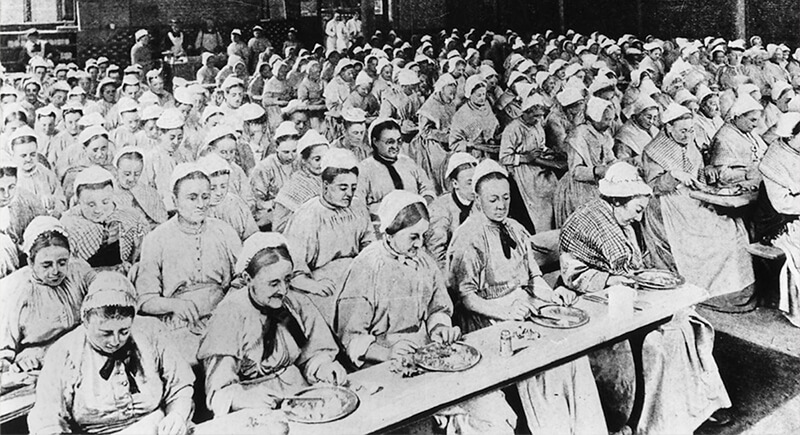
Credit: Wikipedia
Workhouses were intentionally harsh and unpleasant to discourage dependence on public relief. Residents performed labor in exchange for basic meals and shelter, often under humiliating conditions. Families were separated upon entry, and personal freedom disappeared entirely. For the destitute, this system meant safety at the cost of dignity and identity.
Deadly London Smog

Credit: Reddit
The air in Victorian London often turned into a choking fog due to coal smoke mixing with damp air. These "pea-soupers" blocked out sunlight and filled lungs with soot. The thick haze contributed to serious illness and, in extreme cases, caused thousands of deaths.
Strange Dishes of the Day
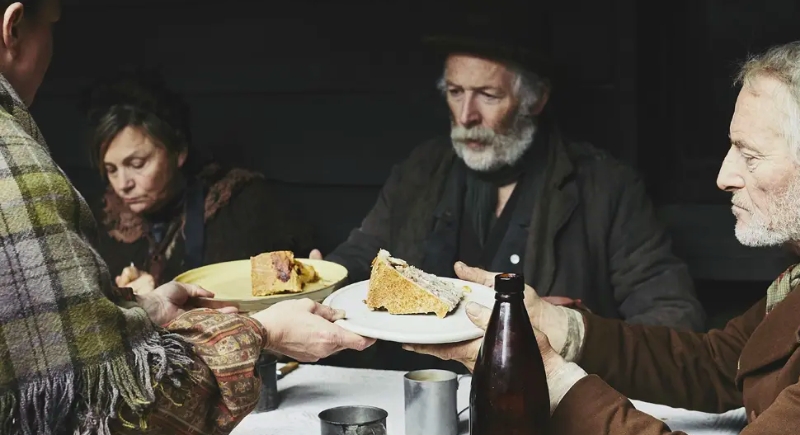
Credit: BBC
Food in the Victorian kitchen often included ingredients modern diners would avoid. Organs like hearts and kidneys were standard, while turtle soup—made from boiled sea turtles and prized for its gelatinous fat—was a delicacy. Declining turtle populations and changing tastes eventually pushed such dishes into historical obscurity.
Surgery Without Anesthesia

Credit: flickr
Going under the knife in the 1800s meant enduring the full agony of the procedure. Surgeons worked quickly to minimize trauma, but without sterilization or effective pain relief, the chances of survival were slim. Infections ran rampant, and even successful operations could leave patients maimed or permanently disabled.
Birth of Gothic Fiction

Credit: pixelshot
Victorian novelists tapped into deep societal fears by producing haunting stories that blurred science and superstition. In tales like Dracula or Dr. Jekyll and Mr. Hyde, characters faced internal monsters as terrifying as any external threat. These books challenged readers to confront their own darker impulses.
Terror in Whitechapel
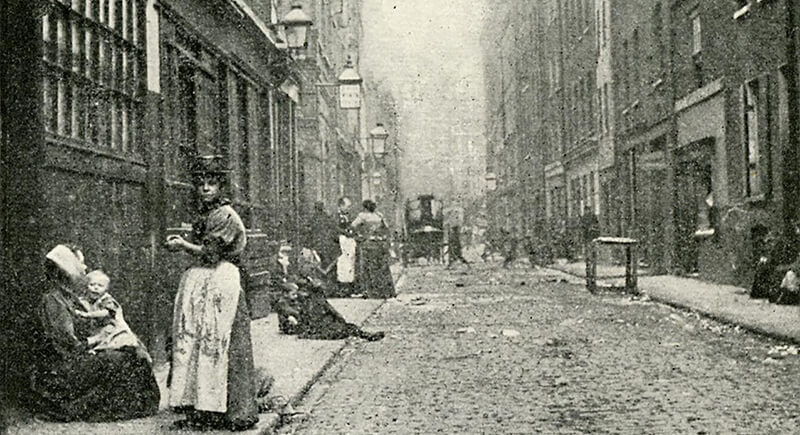
Credit: Reddit
Jack the Ripper’s crimes turned the East End into a symbol of urban horror. The brutality of the murders, combined with the police’s failure to identify the killer, made headlines across the globe. The mystery surrounding his identity is still present, fed by forensic theories and an endless stream of speculation.
Spectacle of Freak Shows
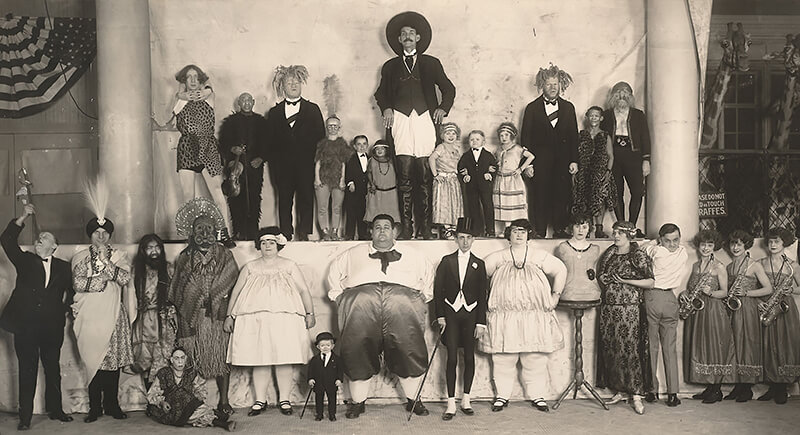
Credit: Reddit
Traveling exhibitions featured individuals with rare medical conditions or deformities as entertainment. One of the most famous was Joseph Merrick, known as the Elephant Man. Though some performers found financial support, the shows often reduced them to curiosities and reinforced harmful stereotypes by treating differences as something to gawk at.
Queen Victoria’s Lifelong Mourning

Credit: Reddit
After Prince Albert died, Queen Victoria adopted black mourning clothes and rarely appeared in public. Her personal grief became a national symbol and set the tone for how death and loss were handled across the country.
Rigid Mourning Customs
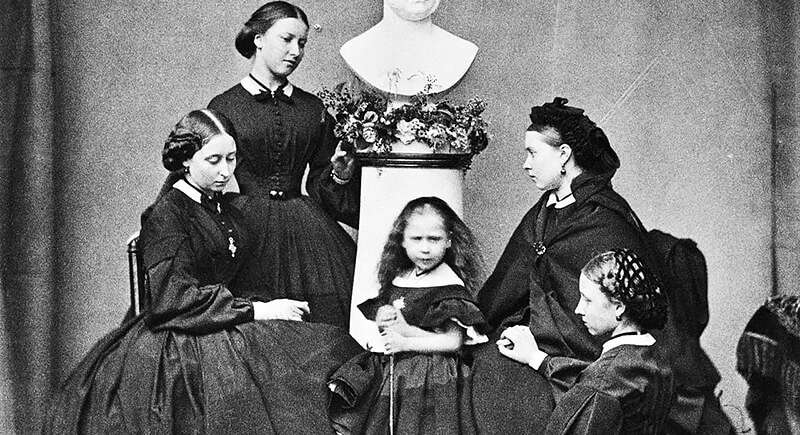
Credit: flickr
Grief was governed by a strict social code. Widows could spend two years in deep mourning, required to wear dull fabrics and avoid most social contact. Hair from the deceased was often woven into jewelry.
Dangerous Medical Treatments
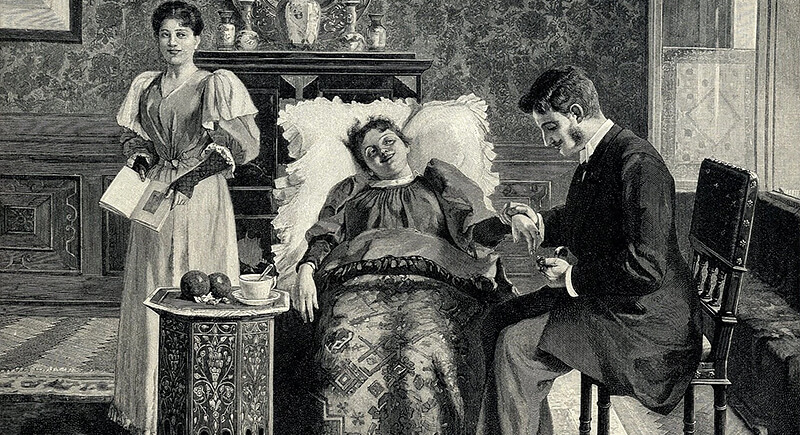
Credit: ebay
Doctors relied on theories that predated germ science. Bloodletting remained common, and drugs like opium and arsenic were used to treat routine ailments. The belief that bad smells caused disease led to widespread use of perfumes and herbs, though these measures did nothing to halt the spread of infection.
Rise of Spiritualism

Credit: Facebook
In a time of high mortality and scientific uncertainty, many people sought comfort through séances and mediums. Spiritualism offered contact with lost loved ones, often facilitated through mysterious knocks, ghost photography, or automatic writing. Whether sincere or staged, these rituals became a cultural phenomenon with lasting influence.
Children in Brutal Labor
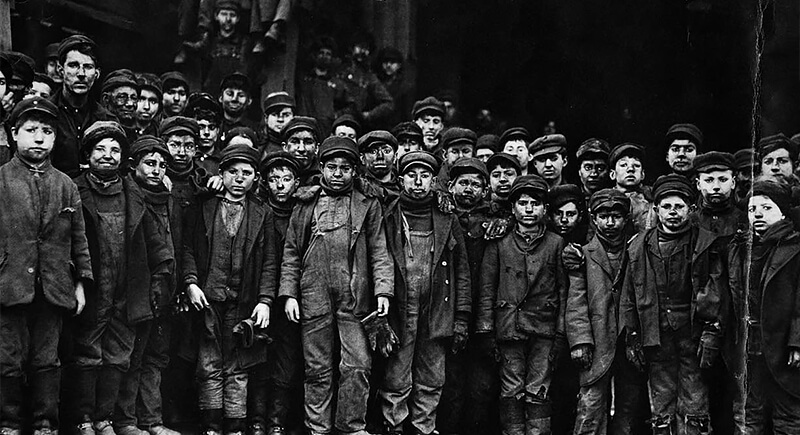
Credit: Reddit
Young children worked in mines, factories, and as chimney sweeps, often in appalling conditions. They endured long hours, low pay, and dangerous tasks that stunted growth and development. Education was rarely an option. Although reform eventually came, many children spent their most formative years trapped in exploitative labor.
City Filth and Disease

Credit: Wikipedia
Overcrowding and poor sanitation made Victorian cities ideal breeding grounds for illness. Raw sewage often ran in the streets, and clean drinking water was far from guaranteed. Cholera, typhoid, and tuberculosis swept through urban neighborhoods.

